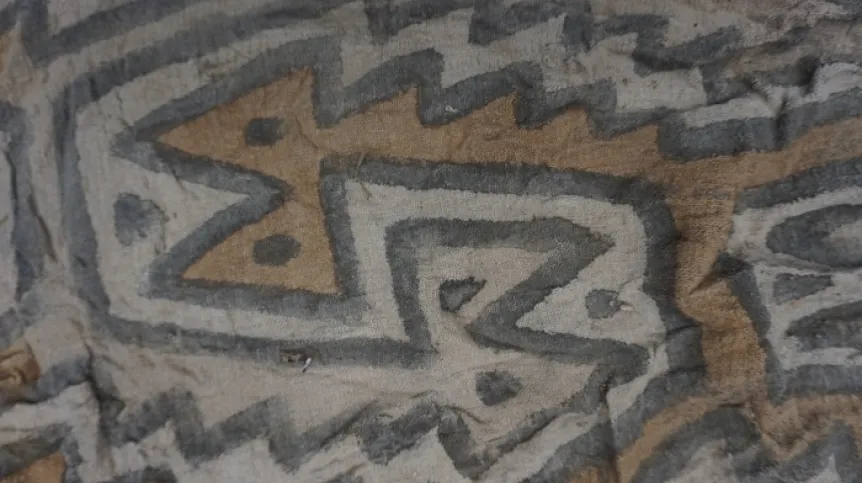
Researchers from Peru and Poland are exploring four mounds on Cerro Colorado, a hill near the city of Barranca. The mounds hide monumental buildings, including the remains of a temple with burials. Archaeologists have determined that the beginnings of the complex date back to the second half of the 19th century of the 3rd millennium BCE.
The archaeological site is located in Peru, on the outskirts of the city of Barranca in the Pativilca Valley. This place has been known to researchers for several decades, but until now it was not clear what period it comes from and what it hides. It currently consists of four mounds that cover pre-Columbian buildings. However, the time of their creation and functions remained unknown.
In 2022, a team of archaeologists from Peru and Poland, operating as part of the Programa de investigacion 'Los valles de Barranca' group, started a new research project. Its leader is the Peruvian archaeologist Plinio Guillen Alarcón, and its co-founder and member is the Kraków bioarchaeologist Łukasz Majchrzak. Students of the Jagiellonian University and the University of St. Mark in Lima took part in the excavations.
The target of research were two mounds. 'Already during the first surveys, very limited scale excavations, we came across the remains of monumental architecture made of dried brick and stone blocks', says Łukasz Majchrzak, whose responsibilities in the project include the examination of human remains.
In his opinion, the monumental form of buildings indicates the high rank of this place in its heyday.
At the top of the highest mound, archaeologists discovered destroyed burials in the form of burial bundles - the dead were wrapped in high-quality painted fabrics. The graves were located within the remains of a temple built of dried brick.
'One of these (fabrics - PAP - science in Poland), 3 m long, decorated with zoomorphic images, is unique - similar fabrics have not been found so far in the entire Andes', adds Majchrzak. The presence of decorated textiles in the grave of a given deceased testifies to the person's high position in the community. The artefacts were found in the grave of a boy aged about 6 years. His skull was intentionally deformed.
The researchers recently presented the results of physicochemical (radioactive carbon) analyses, which allowed to determine the age of organic matter. They show that the complex was built ca. 2500-2200 BCE, and the examined burials were made between 772 and 989 CE. These analyses were completed by Professor Tomasz Goslar from the Poznań Radiocarbon Laboratory. Majchrzak points out that the Andeans used to set up necropolises in abandoned places of worship. This was also the case here, because the graves were dug into several thousand years old structures.
The samples with the oldest dates were taken from grass mixed with the mortar used to bind the stone blocks that formed the building in the shape of a pyramid. It is located several dozen meters from the highest mound. In the 3rd millennium BCE, great settlements with monumental architecture sprang up in the Andes, and agriculture spread as a result of contact with the Amazon. In the Amazon, agricultural technologies had been known several thousand years earlier.
The largest complex with pyramidal structures built in the 3rd and 2nd millennium BCE is located at the Caral site, thirty kilometres to the south-east, in the Supe valley. 'In the last two decades, the researcher Ruth Shady has promoted this site as the +cradle of Andean civilization+, claiming that it was unique. Meanwhile, more and more archaeologists argue that there may have been more such places. Monumental structures similar to those in Caral had been discovered in the depths of the Pativilca and Fortaleza valleys. Our discovery indicates that in the first of these valleys they were also erected near the ocean. We are clearly dealing with a phenomenon covering a much larger area than previously thought', Majchrzak says.
He points out that the examined graves from the 8th-10th century come from the times when this place was in the Wari Empire. One of the most important sites of this culture, Castillo de Huarmey, is located only 70 km north of Barranca. It has been studied for years by the team led by Professor Miłosz Giersz from the Faculty of Archaeology of the University of Warsaw.
The colonial clergyman and explorer of South American cultures, Antonio de la Calancha (1584–1654), vividly described the surroundings of Barranca. De la Calancha claimed it was full of sorcerers and witches.
'He even went so far as to claim that there was a +witchcraft university+ in Barranca. He also mentioned a temple where these sorcerers would gather to meet a +demon+ who then scolded them for praying in Spanish and dealing with Spaniards in general', Majchrzak says. The Europeans of the time referred to the pre-Columbian gods as demons.
'The unique location of our site, the lack of similar places in Barranca, and finally our finds indicate that the temple mentioned by the chronicler was located on Cerro Colorado', emphasises the archaeologist.
According to Majchrzak, this means that pre-Columbian religious traditions were continued more than a hundred years after the beginning of the conquista. This means that Cerro Colorado served as a place of worship for almost four thousand years.
The researcher reports that two of the four mounds on the hill are still unexplored. Scientists hope that they will be able to survey them in the coming years. (PAP)
Szymon Zdziebłowski
szz/ zan/ kap/
tr. RL
Gallery (6 images)
-
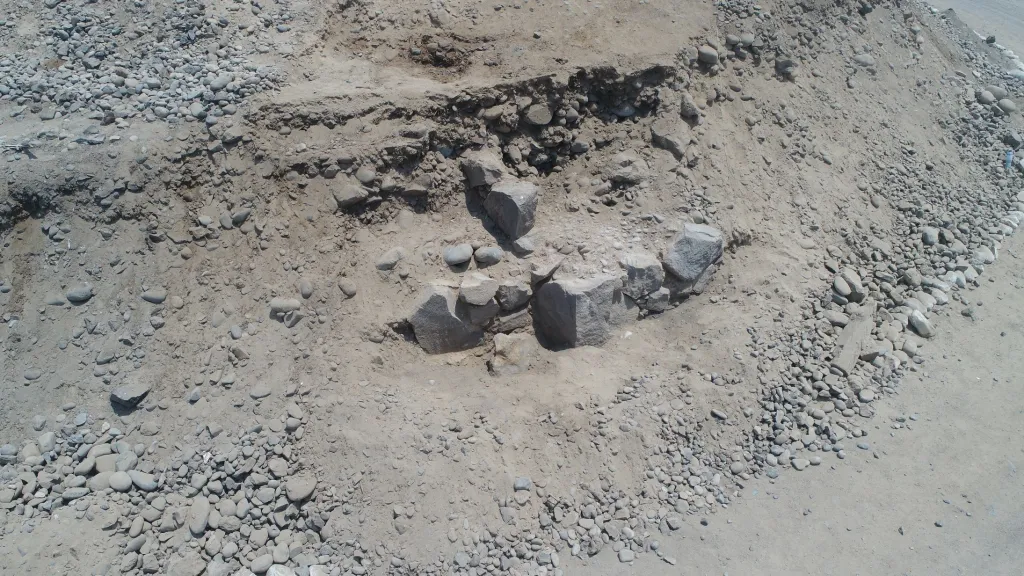 1/6Credit: Ł.Majchrzak
1/6Credit: Ł.Majchrzak -
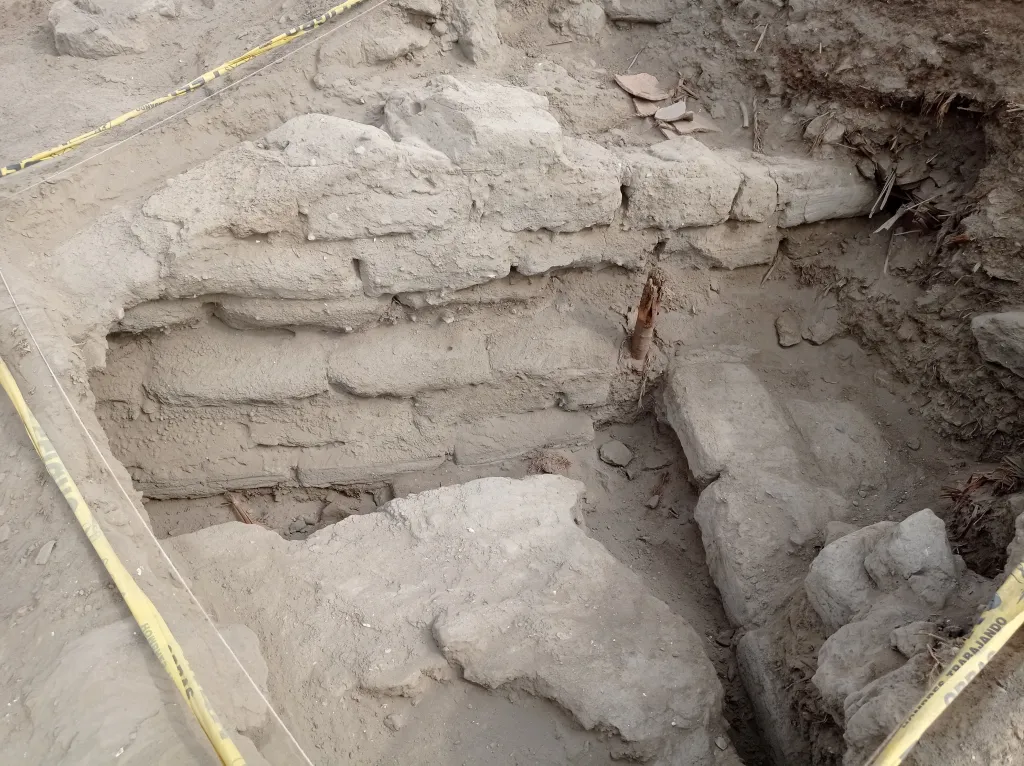 2/6Credit: Ł.Majchrzak
2/6Credit: Ł.Majchrzak -
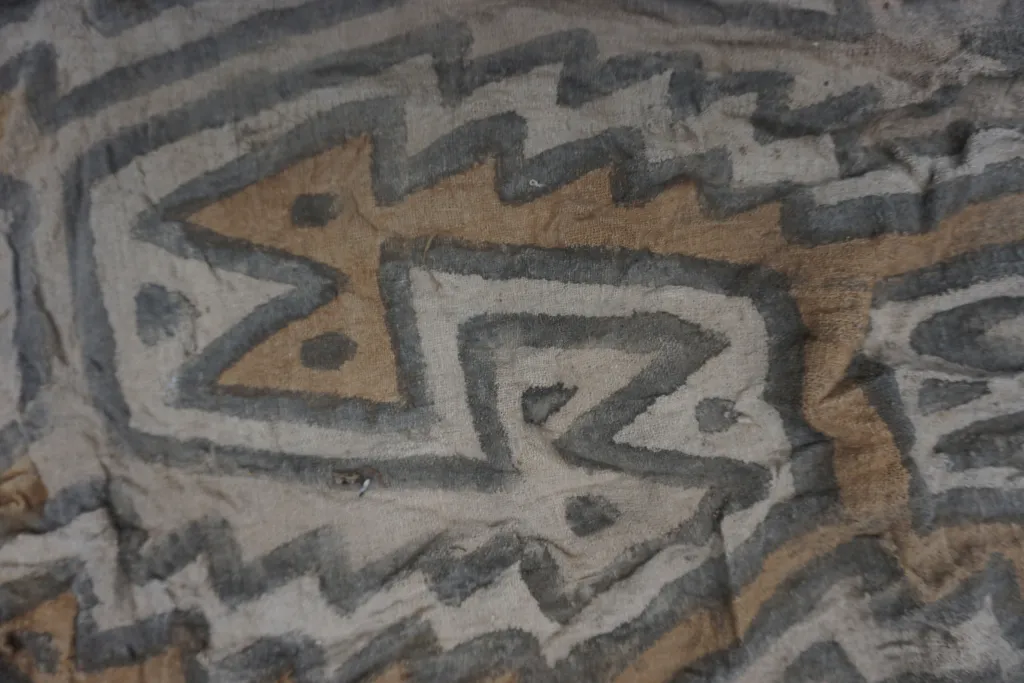 3/6Credit: Ł.Majchrzak
3/6Credit: Ł.Majchrzak -
 4/6Credit: Ł.Majchrzak
4/6Credit: Ł.Majchrzak -
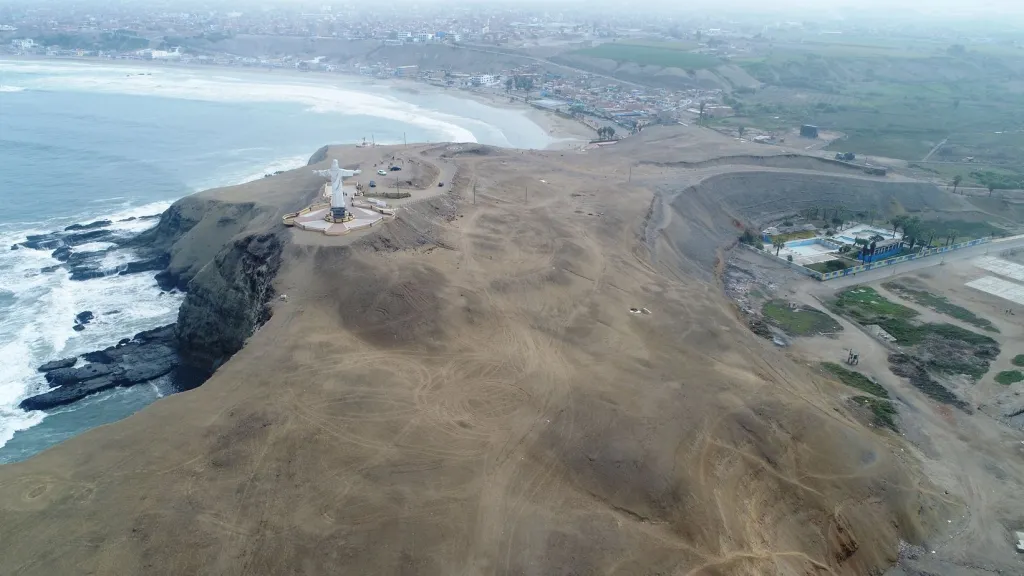 5/6Credit: Ł.Majchrzak
5/6Credit: Ł.Majchrzak -
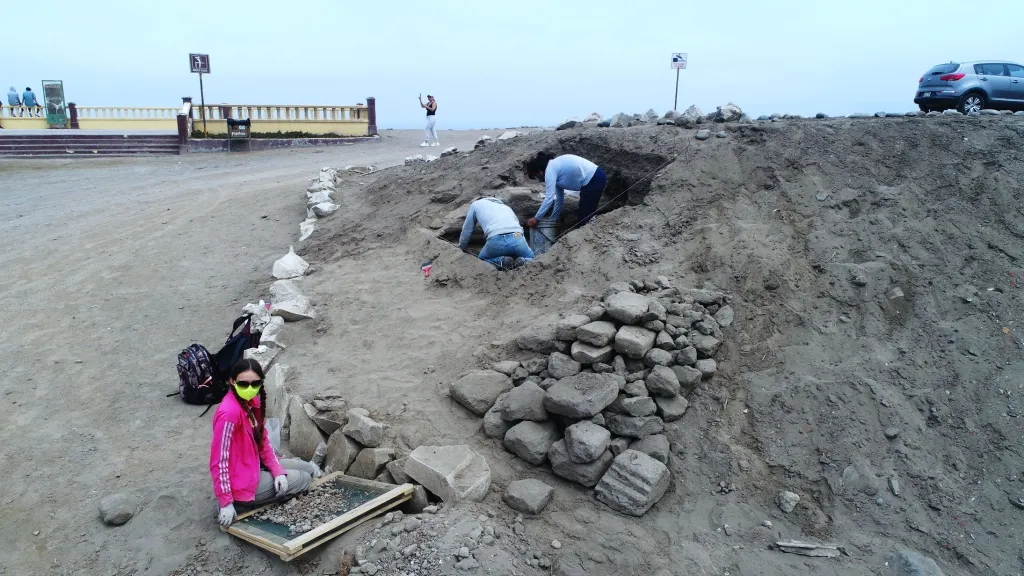 6/6Credit: Ł.Majchrzak
6/6Credit: Ł.Majchrzak













